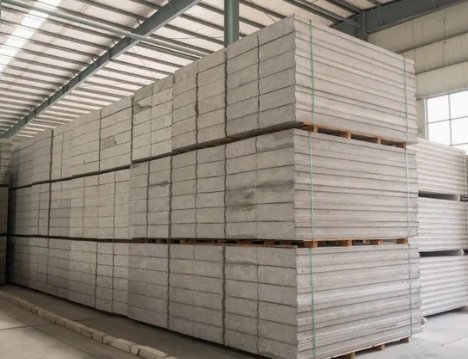
- Superior Thermal Insulation Performance (Core Advantage – Energy Efficiency):
The core material consists of expanded polystyrene foam boards with exceptionally low thermal conductivity. As a building envelope component (walls, roofs), it significantly reduces energy consumption in heating and cooling processes, thereby lowering operational carbon emissions, which represents its most fundamental green attribute. The product meets or exceeds modern building energy efficiency design standards.
- Lightweight with High Strength (Resource Efficiency):
Compared to solid brick or concrete walls, the weight is substantially reduced. This decreases the structural load on building foundations, allowing for reduced usage of foundational materials (e.g., concrete, steel reinforcement). The transportation energy consumption is lower with greater single-load capacity. On-site installation is convenient and efficient, saving labor and time while reducing energy consumption and pollution during construction.
- Industrialized Production (Quality Control & Waste Reduction):
Primarily manufactured through standardized, automated production lines in factories, ensuring stable and controllable quality. It significantly reduces on-site wet construction processes (e.g., masonry, plastering), thereby decreasing construction waste, dust, and noise pollution. Factory production environments enable better control of pollution emissions (e.g., dust collection).
- Durability and Long Service Life:
The cement surface layer provides excellent weather resistance, fire resistance (compared to bare EPS panels), and impact resistance. The EPS core material is encapsulated by cement layers, protecting it from UV exposure and physical damage, thereby extending its service life. With excellent structural integrity and relatively low maintenance requirements, the long service life inherently means reduced resource consumption.
- Partial Recyclability:
Theoretically, after building demolition, the cement panels and EPS core material can be separated. The crushed cement panels can be recycled as aggregate. The EPS core material can be recycled and re-pelletized (though the recycling system still requires improvement in practical applications).






